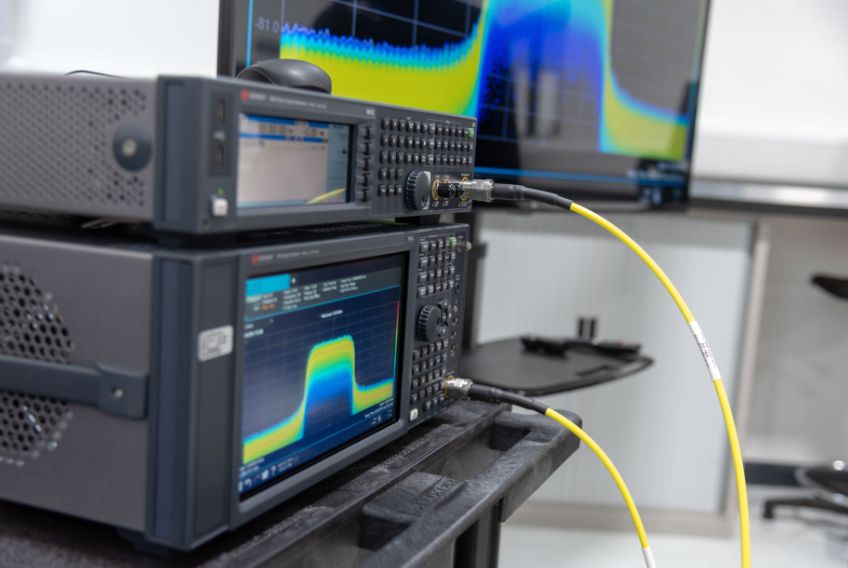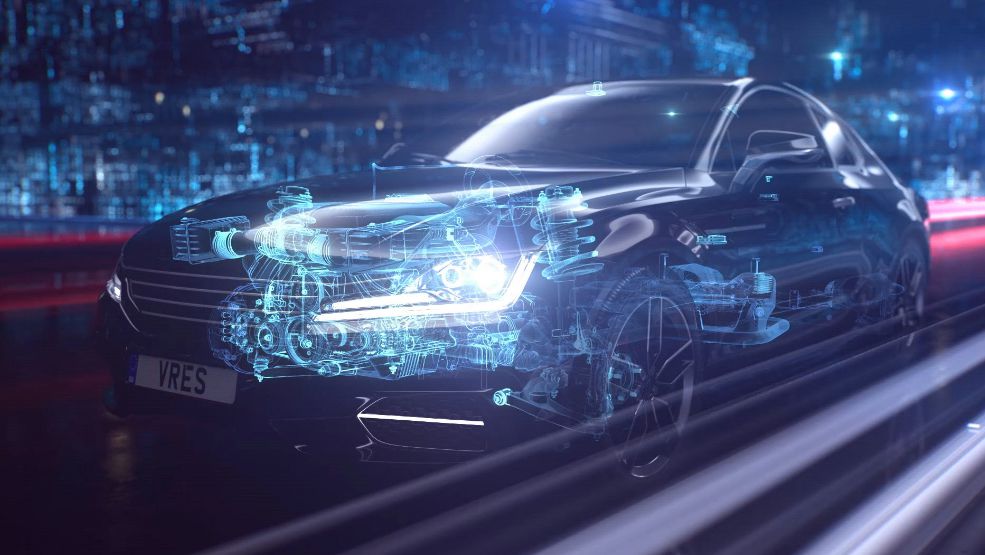Has COVID-19 created an unexpected re-Routing for Future Mobility?
For some time now, the future mobility vision – in which totally autonomous vehicles are an everyday reality and shared mobility services are widely adopted – has been heralded as the future of mass transport.
However, as the ongoing COVID-19 pandemic has inexplicably changed transport behaviour, both at a consumer and commercial level, the consensus is that it will significantly impact the shape of tomorrow’s strategy.
With the lockdown expected to leave a legacy of increased home working, less travelling and unprecedented delivery demand, here, Nick Tebbutt, Head of Global Strategic Sales at HORIBA MIRA, future gazes as to how the evolving post-coronavirus industry landscape may look slightly different.
It is widely accepted that mobility in the decades to come will look dramatically different from what it does today. As we all expect, in the long-held vision for future mobility widespread shared ownership will be supported by an intelligent ecosystem of self-driving ‘taxis’ – the remit being to reduce vehicle numbers and congestion, and, in turn, create and integrate in to a much greener urban transport infrastructure.
However, this vision, of course, did not account for the unforeseeable impact of the COVID-19 pandemic and the transformative impact it has had on transport behaviour.
With the nationwide lockdown seeing a large majority of the population tasked with working from home, businesses and consumers alike have been quick to realise the ease at which operations can be managed remotely, along with the multiple ensuing efficiencies.
According to one recent study, 40 per cent of UK businesses saw an increase in productivity during the remote working period, with 85 per cent looking to expand remote working policies as a result of the pandemic. Only recently Twitter, Square, and Facebook announced that they will allow most of their employees to telecommute permanently, while many other major employers, including Nationwide and Barclays, have talked openly about a permanent shift to working from home and reduced office space.
And there’s the environmental benefits too. Home working cuts commuting requirements, transport congestion and environmental impacts as demonstrated by the huge falls in air pollution during the lockdown – particularly during weekday commuting hours. Thus, with businesses already under pressure to go greener, the compelling case for increased home working as a way to tackle emissions has also come to the forefront.
The result could be an irrevocable impact on modern transport requirements. To put it into context, one expert study estimates that 87% of those currently working from home would like to continue to do so to some degree, the result of which could see the 10.8 million pre-lockdown number of regular remote workers soar to as much as 17 million. This would mean that 1 in 5 commutes by car could be avoided, equating to 11 billion miles saved per year.
But, for the busy automaker whose future designs will inevitably be based on a very different picture, the question begs – how will these changes in consumer behaviour and commercial preferences impact the future mobility requirement?

Sudden Acceleration or a Foot on the Brakes?
Although the automotive megatrends that were occurring pre COVID-19 are still relevant, the ongoing impact of the pandemic is likely to see some fast-tracked and cause others to slow.
Take, for example, electric vehicles (EV). Only this June (2020) saw the Transport Secretary confirm a £12m funding pot to support EV research and development (R&D) projects in a bid to turbocharge the UK’s transition to zero emissions vehicles. Although this amount may be marginal compared to the cost of EV battery development itself, it offers a positive indication of the government’s continued commitment to leading the EV transition, the consensus being that further stimulus may be on the way as part of its recovery plans.
Add to the equation increased consumer gravitation with an estimated 12 million UK drivers considering making the EV switch in the next two years, and the EV category clearly remains a key target area for automakers.
Another area of potential growth is that of the commercial vehicle market. With the lockdown forecast to leave an enduring legacy of increased e-commerce, many consumers are now choosing to conduct their grocery shopping online on a permanent basis, and generally minimise their visits to bricks and mortar stores. This will see a huge flow-on effect for distributors and work to accelerate a more advanced, technologically-driven approach to delivery services.
A good future indicator of this market shift can be found by looking at Nuro, the ground-breaking Silicon Valley robotics company which tellingly saw its autonomous grocery pod delivery service triple in demand during the recent pandemic and recently partnered with Kroger (the largest supermarket chain in USA) as part of its major expansion plans. This marks the start of what promises to be a global shift towards driverless grocery deliveries.
And it’s not just about food shopping either. With the business case for driverless commercial EVs offering huge Total Cost of Ownership benefits – thanks to lower refinement needs, reduced non-safety electronic requirements and the opportunity to optimise a system via localised operation in a key catchment distribution area – it looks like this is a huge cost-efficiency opportunity which will be embraced by many industries in the future.
In contrast, in the short to medium-term it may be that some key future automotive trends, particularly shared-mobility solutions, see a slightly lower uptake as the industry awaits the full outcome of the crisis. After all, if permanent home working increases drastically, it may be that the level of mobility required may not be as much as originally conceived or it may look slightly different, being used for personal purposes rather than the commute.
Ultimately though, the need for a much cleaner transport system isn’t going to go away and the future mobility vision will take prevalence in the long-term – potentially just taking a slightly different shape.

Navigating the New Normal
There is no doubt that it is an incredibly challenging time for the automotive industry as it remains in recovery from the ongoing impact of the pandemic – all while seeking to remain competitive, profitable and future-focused.
Thus, amid what is very much an evolving landscape, the onus for automakers will be on ensuring maximum productivity, increasing income efforts and generating the maximum profit margin.
As part of this, at HORIBA MIRA we believe that there is an industry need to take a much more agile approach to product development and optimisation, whereby vital engineering and testing is completed at a much earlier stage of the development process to reduce project time and cost risks.
For example, when our expert Vehicle Resilience team undertake any type of independent assessment for a client in the field of electrified, connected and automated vehicles we will always seek to be involved in the very initial stages of vehicle development. From thereon in, whether working in the realms of functional safety, automotive cybersecurity or electromagnetic resilience, we will take a staged approach where we go in at key gateways throughout the programme to ensure early identification of any potential related issues.
Working in this way with many of the world’s leading automakers, we are able to help negate issues in the development cycle in the initial design stages and maintain a continual process of monitoring and checking at each key stage in order to ensure the highest level of engineering integrity. The result is less prototype vehicle requirements, improved accuracies and optimised efficiencies – helping to reduce project times and overall costs.
Thus, as we look forward to the emerging new ‘normal’ we find ourselves in, the onus for automakers, more than ever, will be on ensuring they remain profitable and progressive. With this in mind, early engagement with assessors offers one easy way of reducing the bottom line and maximising profit potential – helping OEMs to remain in good stead amid an emerging post-coronavirus world and future mobility vision which may look slightly different.





















